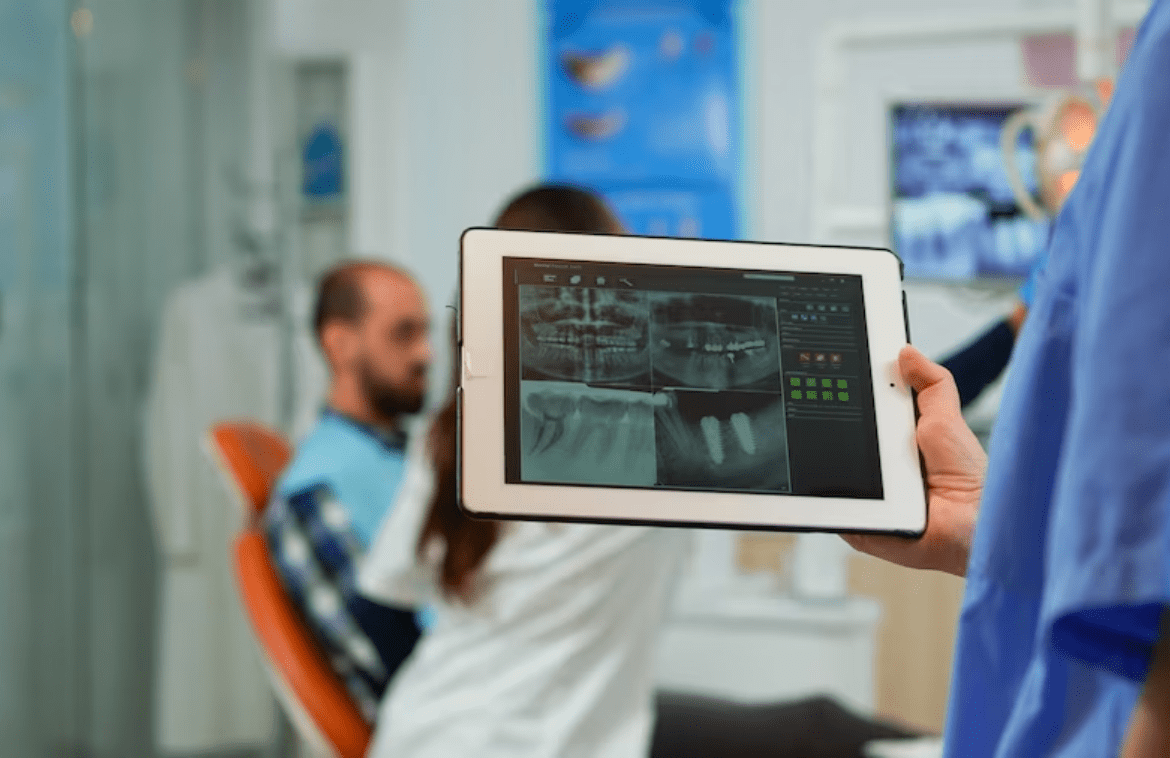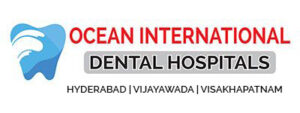Radiovisiography is popular with modern-day dentists when treating patients. After all, the advantages are many, and it meets the patients’ treatment expectations.
Accuracy in diagnosis is indeed important in dentistry. After an accurate diagnosis, the dentist can be able to not only fix the problem but also meet the customer’s expectations. Imaging indeed has a very important role to play in dentistry. A clear image can, in fact, aid in accurate diagnosis, while an unclear image can, of course, increase the chances of an error. Capturing a quality image is not really as simple as it sounds. Image quality is affected by a number of factors.
RVG, or Radiovisiography, happens to be the most recent technique of imaging used in dentistry. The radiation exposure is acknowledged to be minimal as compared to the other traditional techniques used for capturing images.
What is an RVG sensor?
RVG stands for Radiovisiography and happens to be a technology that has indeed replaced traditional x-ray radiology methods. It is now extensively used in dentistry on account of the benefits that it has to offer.

What are the advantages of the RVG sensor?
- RVG does reduce the patients exposure to radiation by 80%.
- The sensor does help the doctor get instant results.
- There is, in fact, hardly any wait time for the patient’s reports.
- The sensor of the RVG is rather capable of versatile applications. It is covered with housing as well as a shock protection layer, protecting the sensor from bites and drops.
- The RVG is indeed capable of taking high-quality images due to its high-sensitivity scintillator, fiber optics, and high-resolution rugged CMOS detector. The digital sensor does deliver images of the highest resolution, more than 20 LP/mm.
- The RVG sensor has no doubt the functionality of saving the images and also changing their size or contrast for better viewing.
- RVG sensors are in fact available in three sizes depending on their applications, which range from 0 to 2. For pediatric examinations, size O is used, while for general purposes, size 1 is recommended. Size 2 is used for obtaining bitewing images and periapical.
- Teeth problems can also be detected early, and steps can be taken in time to arrest the damage.
- It is also very cost-efficient as it does not involve chemical processors.
- The soft tissue as well as fractures are easily visible due to the high quality of the image produced, which would otherwise be undetectable.
- With RVG, the storage of images on computers is possible, and they can also be shared with experts over the net and viewed on any sort of device.
- Specific areas can, no doubt, be enlarged to visualize instrument location, especially in endodontic treatments.
- It is more convenient for the radiologist to add his observations to the image.
- The radiologist can retake an image almost instantly.
- The high-quality digital images can indeed be easily shared with the concerned departments, making the entire process highly efficient.
RVG Sensor: What is it used for?
- Detailed insight into one’s dental cavities.
- A 3D image of one’s interior teeth.
- Detection of tooth decay.
- A complete view of the existing structure of the lower and upper teeth.
- Detection of gum issues.
- Detection of tumors, fragmented enamel, and cysts.
- Understanding all issues related to the oral tissues.
Conclusion
The RVG sensor has no doubt revolutionized imaging in dentistry. Perfect imaging does lead to accurate diagnosis and is, in fact, preferred by dentists across the world. The advantages of RVG make it a much sought-after medical technology approach.


